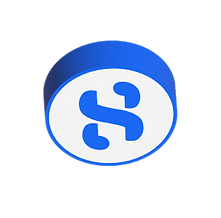
Empowering the world of Creators, Innovators, Engineers and Dreamers
Bridging the gap between the high tech decentralized crypto ecosystem and centralized infrastructures so that masses can take advantage and benefit with ease and low fees.
Private Sale is LIVE
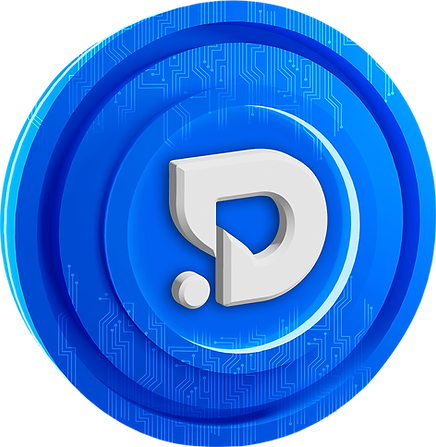

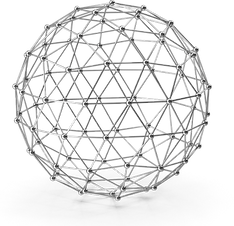

A NEW EVOLUTION TO THE BLOCKCHAIN
We are constantly designing and developing new ideas,
new tools and technologies to help your projects succeed.
We aim to have a fully decentralized ecosystem of Web3 applications such as decentralized exchanges (DEX/DeFi), decentralized autonomous organizations (DAO) and non-fungible tokens (NFT). We believe Web3 technologies are the building blocks of the next generation media and entertainment platforms.
Empowering developers to create, test, deploy, and scale their projects extremely fast at a very low cost.
The DNERO Protocol economics are tailored around a two-token model: DNERO Coin and DTOKEN.

DNERO Coin is the main coin. It is the governance coin of the DNERO protocol.
It is used to stake as a validator or sentry node. It is used to produce blocks and to participate in the protocol’s governance.

DTOKEN is the operational token or the “Gas” of the DNERO protocol.
This token is used by users to complete transactions (relay nodes to third parties to deploy/interact with smart contracts).
Multi-level BFT Consensus Mechanism
Many platforms face many challenges today, such as transaction throughput, storage consumption, fast consensus and decentralization.

Proof-of-Stake
DNERO Protocol uses a Proof-of-Stake consensus algorithm based on the Byzantine Fault Tolerance (BFT) protocol to overcome these challenges.

Modified BFT Consensus Mechanism:
A modified BFT consensus mechanism that allows thousands of nodes to participate in the consensus process, while still supporting more than 1,000+ TPS.

High Level of Speed
DNERO Protocol uses a Proof-of-Stake consensus algorithm based on the Byzantine Fault Tolerance (BFT) protocol to overcome these challenges.
A modified BFT consensus mechanism that allows thousands of nodes to participate in the consensus process, while still supporting more than 1,000+ TPS.
Using this method overcomes the issues with standard BFT protocols. This design brings security, a high level of decentralization, and speed.
Roadmap
2022 – Q1 2023

● Genesis Hash (Blockchain’s first block)
● Node modules upgraded.
● Sentry communication modules upgraded.
● Configured blockchain network node seeds.
● DNEROCIL Daemon RPC Port Set.
● Upgraded mempool capacity.
● CONFIG files added for non-staking nodes.
● Validator config files updated.
● ETH-RPC codebase upgrade.
2023 Q2

● Hardcoded forked update V1.1.0
● Validator reward activation.
● Smart contract activation.
● Ethereum-RPC Combability activation.
● New Transaction Fee Adjustment (~0.4 DTOKEN)
● DNERO V1.2.0 Codebase upgrade.
● Genesis reboot.
● Webwallet fron-end update.
Q3
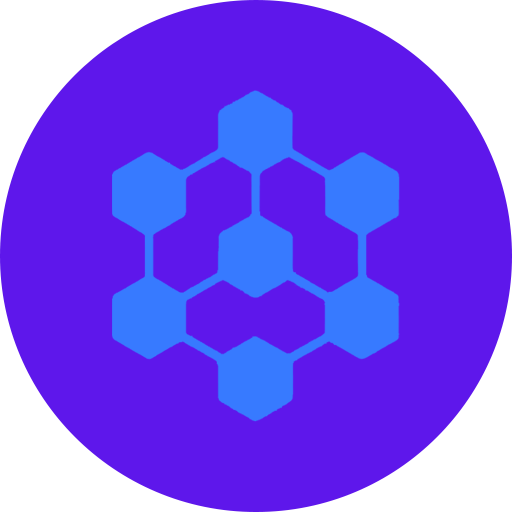
● Smart Contract upgrade
(Wrapped DNERO)
● DNERO V2.0.0 codebase
upgrade.
● Transaction Wrapper
Extension.
● DEX development starts.
● MetaMask Integration.
● Update DEV Documentation.
Q4
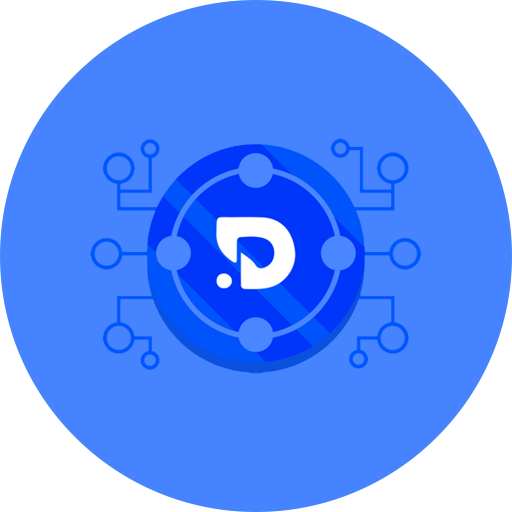
● Official website launch.
● Social Media/Discord Launch.
● Wallet public release.
● Block explorer public release.
● Vest tokens.
● Marketing campaign begins.
● DEX Launch.
● CoinGecko Listing.
● CoinMarketCap Listing.


Blockchain
Why choose
DNERO Blockchain?
Our Blockchain is dedicated to bringing new innovative ideas to blockchain technology, with a goal of creating a bridge from traditional financial institutions to a decentralized ecosystem.
It is a fast and low-cost way to build Web3 applications.
It uses the Ethereum Virtual Machine (Solidity) so that developers can easily port over existing applications or build new ones without having to learn a new language.
With low transaction fees and high transaction speeds, institutions can easily integrate our technology and developers can build decentralized applications at a low cost of entry.
Why should you develop
on DNERO Blockchain?
It is a fast and low-cost way to build Web3 applications.
It uses the Ethereum Virtual Machine (Solidity) so that developers can easily port over existing applications or build new ones without having to learn a new language.
Blockchain
With low transaction fees and high transaction speeds, institutions can easily integrate our technology and developers can build decentralized applications at a low cost of entry.
DNERO Blockchain has the ability to scale to thousands of users while minimally affecting transaction costs, a critical problem with modern blockchains.

How does DNERO blockchain work?
DNERO Protocol‘s vision is to use blockchain technology to create a Decentralized Video Streaming and delivery service network that allows existing video and media platforms to make incremental revenues and reduce content costs while rewarding users for sharing their storage, or bandwidth on any PC, mobile, and smart device.
DNERO Protocol supports smart contracts and is EVM compatible (Ethereum Virtual Machine). This opens the door for many Web3 applications to be built on DNERO Protocol. By staking and running a node, users will earn a proportional amount of the new DToken generated. The supply of DNERO Coin is fixed at 1 billion and will never increase. Dtoken (DTKN) is the operational token of the DNERO protocol. Dtoken is used for on-chain operations like payments to Node relayers for sharing a video stream, or deploying and interacting with smart contracts.

DNERO
Coin Utility
The DNERO Coin is the governance token of the DNERO Protocol. DNERO Coin is used to stake as a Validator or Sentry node, contributing to block production and the protocol governance of the DNERO Protocol Network.

DTOKEN
Token Utility
DTOKEN is used as the "gas" of the DNERO protocol and is used to pay for transactions and smart contract deployment and operations.
It is also the currency of micro-transactions.

Smart Contracts
DeFi / NFT's / Web3
Based on Ethereum’s Solidity, the protocol allows users to deploy and interact with smart contracts as well as creating NFTs. Since it’s based on Solidity as the programing language, the protocol allows for Stable Coins to be launched on the network.

DNERO Nodes
Validator nodes have a minimum stake
of 2,000,000 DNERO Coins and will initially be run by DNERO Protocol.
Max Validator Nodes allowed are 50.
Locking period of 24 hours.
Sentry Nodes have a minimum stake
of 1,000 DNERO Coins. There are no limits on the amount of Sentry Nodes that can be deployed.
Economics & Supply
Token supply distribution
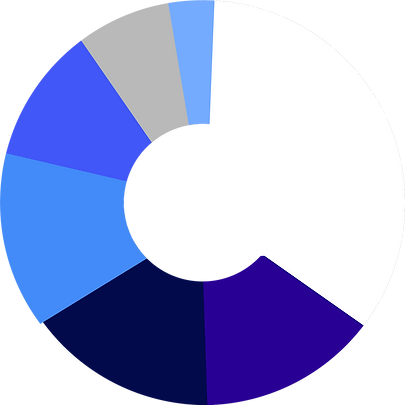
35%
15%
15%
15%
10%
7%
3%
Private Sale 35%

R & D 15%

Network Seeding 15%

Partnerships/Marketing 15%

Air Drops 10%

Team Coins 7%

Advisors 3%

Tokenomics

Name:
DNERO
(DNR)
DToken
(DTKN)
Pre-Mine Amount:
1 Billion – DNERO Coins
5 Billion – DTokens
Transaction fee:
0.000001 DTKN



Join the DNERO community
The place where all members come together to share and learn in community.
DNERO Protocol Community is a place for all Web3 users. Developers, validators, content creators, enthusiasts, and educators.
Everyone is welcome to the DNERO Protocol community!
Keep up to date with all our news.
